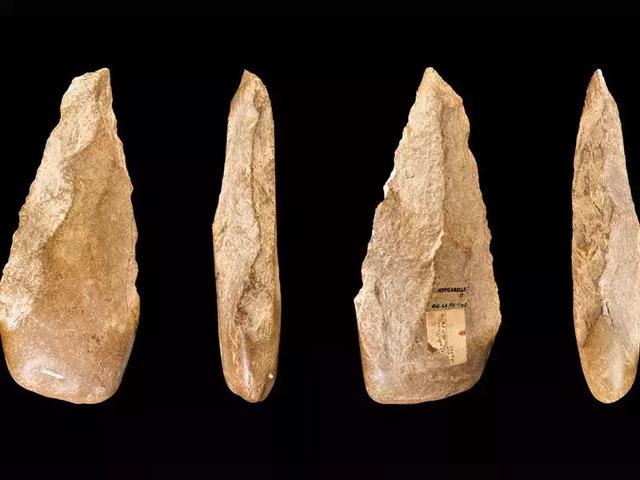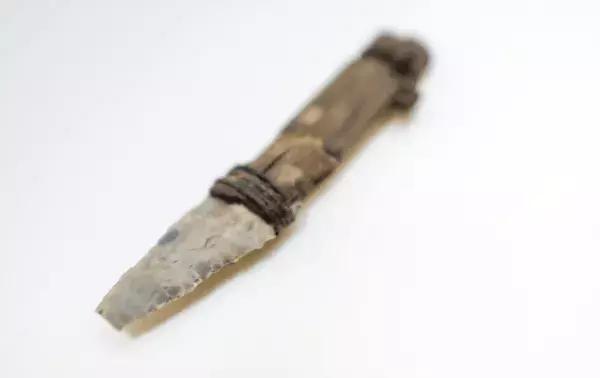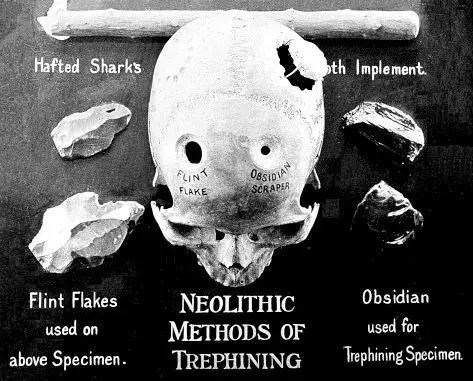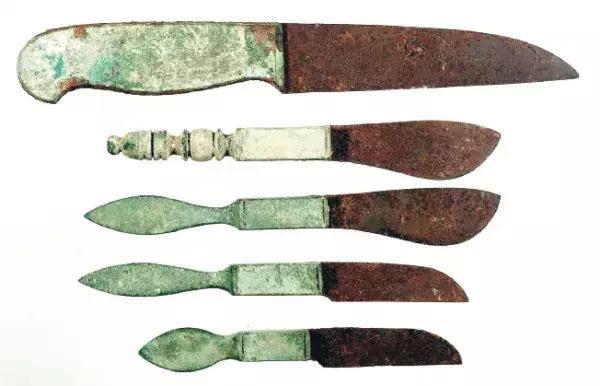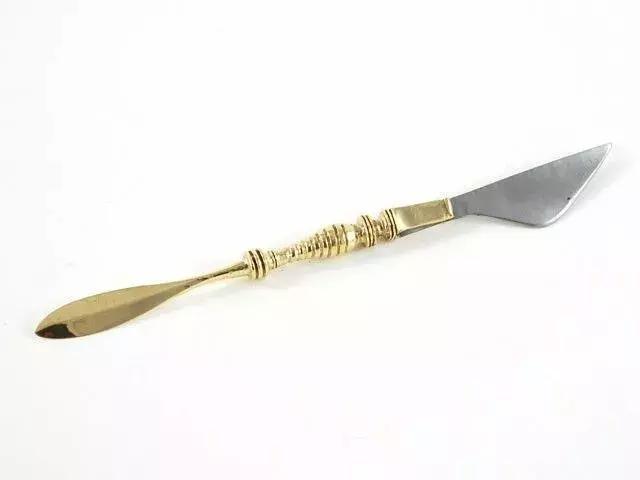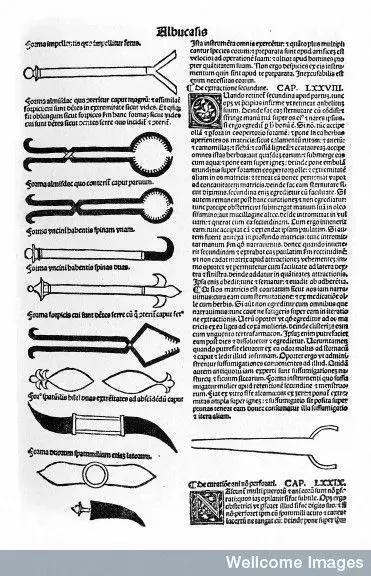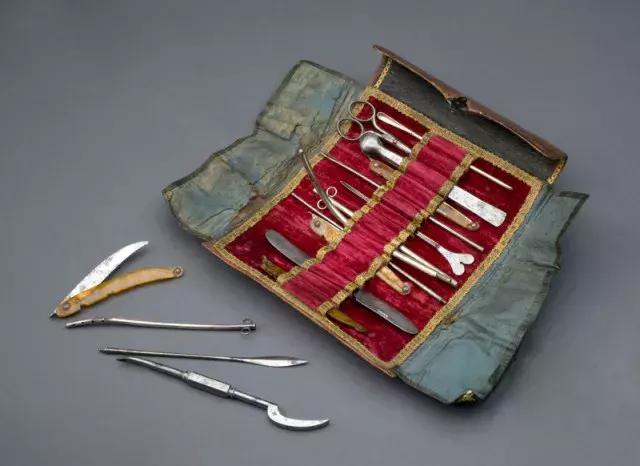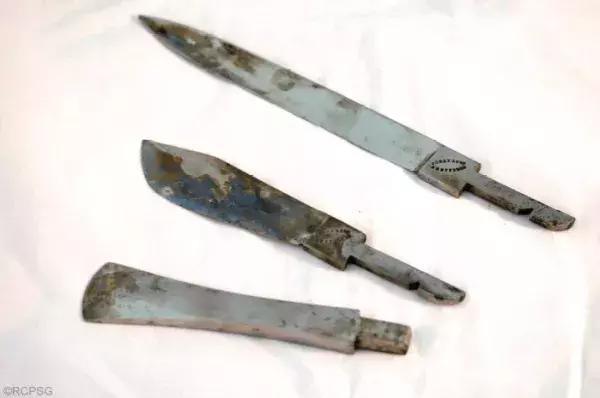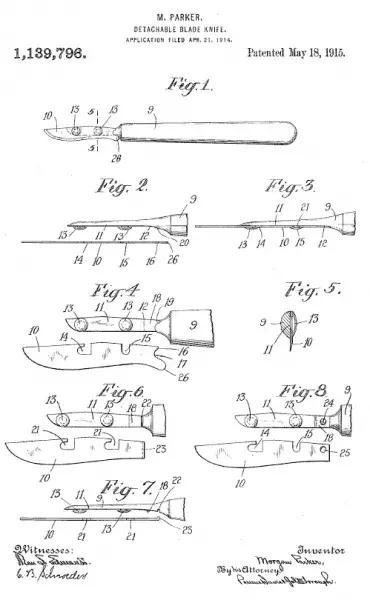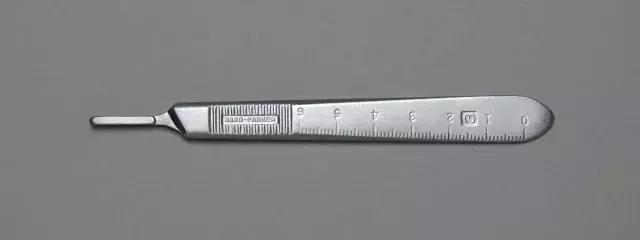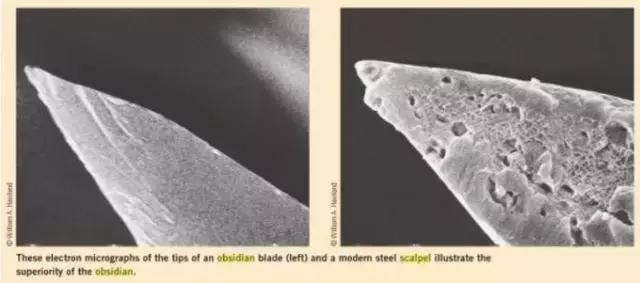The History of The Scalpel
The scalpel has been tempered for thousands of years and can be said to be the oldest medical tool. Just like many proper medical nouns come from Latin, scalpel (scalpel) also comes from the Latin word scallpellus. It dates back to the Stone Age, with knives made of flint and obsidian.
What was the first surgical scalpel?
The benevolent may see benevolence, and the wise see wisdom. Shells, blade-shaped leaves, bamboo branches, and even fingernails may have been used for early surgical procedures.
Newborn circumcision with fingernails, tattoos with twigs, phlebotomy with shark teeth, etc. These are the earliest recorded “surgeries” performed on humans.
Circumcision depicted in ancient stone carvings
Archaeologists have found surgical knives in some Stone Age caves, estimated to be between 10,000 and 8,000 BC. Because flint, jade, obsidian and other stones have sharp edges, they were first used to make knives in the Stone Age. With the advent of grinding technology, people can further process these materials, making the tool more suitable for cutting.
Stone age knives
In 1991, archaeologists discovered a well-preserved prehistoric knife with a handle in ice near the Austrian-Italian border. According to research, this kind of knife is mainly used for tattooing, bloodletting, incision and drainage and circumcision. In fact, these stone tools were still used by Alaskan Natives until the 19th century.
Preserved Prehistoric Knives
Archaeological evidence shows that in Anatolia, in what is now Turkey, in 4000 BC, knives made of obsidian were used to perform very complex operations, such as craniotomy. Some of these well-preserved knives are so sharp they can even cut through the skin to this day.
Craniotomy performed in the Neolithic Age
Transition to modern
The advent of metal knives replaced stone tools, first made of copper (3500 BC) and later bronze and iron (1400 BC).
In 400 BC, Hippocrates (460 BC-370 BC), the father of medicine, first defined these knives as scalpels, and he named the surgical tool after the ancient Spartan sword “macairion”. The “macairion” is flat and broad in shape, with a single edge and a sharp tip, which is the same characteristic that the Stedman Medical Dictionary describes a modern scalpel: “a sharp knife with a protruding edge.” In ancient Rome, Galen and Celsius Use this small, sharp knife to perform incision and drainage, tendon repair, and vivisection procedures.
Ancient roman scalpel
Imitation roman scalpel
With the fall of the Roman Empire, surgical innovation entered a period of flourishing in the Islamic Golden Age. The famous doctor Albucasis (936-1013 AD) of the Arabian Empire of Córdoba (Caliphate of Córdoba, now Spain) used a scalpel with retractable blades.
By the Renaissance in the 14th and 15th centuries, surgical instruments of the Albucasis type had become various and specialized. Scalpel styles include fixed and foldable, specially made lancets, elongated scalpels, and Catlin double-edged knives, depending on the surgical site.
Albucasis Surgical Instruments
The barbers who also practiced surgery during the Renaissance (medicine did not have surgery at first), including the fathers of modern surgery Guy de Chauliac (France) and Ambroise Paré (France), were very fond of using artistic, mosaic patterns. surgical knife. However, with the emphasis on disinfection and sterilization in the 19th century, the artistic process of inlaying lace on scalpels was gradually abolished, because it was really difficult to clean and disinfect.
18th century Spanish surgical instruments
Disposable scalpel
In 1901, King C. Gillette, founder of the American Safety Razor Company (later the Gillette Safety Razor Company), invented the razor with a combination blade holder and single-use blade. Dr. John Murphy, one of the founders of the American College of Surgeons, embraced the Gillette razor concept and applied it to surgery. The feature of Dr. Murphy’s tool is that it can be replaced, but the trouble is that additional tools are required to complete the replacement, which is a very cumbersome process.
Detachable scalpel (circa 1900)
In 1914, 22-year-old engineer Morgan Parker invented the handle and blade separation scalpel used in operating rooms today. This scalpel can be mass-produced quickly, is very sharp, and can be quickly replaced on a standard handle. According to legend, Mr. Parker’s design inspiration came from his uncle. Mr. Parker’s uncle, a New York surgeon, was fed up with the tedious process of changing blades during a busy job.
Parker mentioned in the original patent application: In order to make the blade firmly installed on the handle, the bolt at the front end of the handle is clamped in the groove of the blade, so that the blade and the handle are firmly combined, and they are not used during use. Movement will appear.
Mr. Parker’s design patent
At the 1915 American College of Surgeons (ACS) Clinical Congress, Parker’s design of the scalpel received a lot of attention from the participating surgeons, which prompted him to start producing the scalpel.
Of course, Mr. Parker is not a businessman, he needs a producer as his partner. Because he didn’t have any business background before, he had to look for manufacturers he could cooperate with in the yellow pages. The first “medical supplier” he found in alphabetical order was C.R. Bard. Then naturally formed the now famous scalpel manufacturer Bard-Parker, a surgical icon.
They invented low-temperature sterilization technology, which solved the problem of blunting the blade of high-temperature sterilization. In 1936, the rib-back on the handle replaced the previous design of drilling and bolting, and the blade and handle could be assembled in one direction, making it easier and faster to use.
Scalpel by Bard-Parker Company
Modern development
With the development of modern technology, 316L, 440C and other stainless steel hard alloys have replaced carbon steel. Thanks to the high content of chromium in stainless steel, the stainless steel handle is highly resistant to corrosion and can be used repeatedly. The retractable knives invented by Albucasis in the 10th century were also accepted again as a safer device. Nickel and chromium electroplating processes are used less and less on scalpels. The latest technological development is the use of zirconium nitride, diamond, polymer coatings, etc. on the cutting edge to make it even sharper.
Various styles of stainless steel scalpels
But what’s interesting is that, despite the rapid development of modern technology, obsidian knives from the Neolithic Age are actually sharper than steel knives when viewed under an electron microscope.
Obsidian on the left, stainless steel on the right
Epilogue
The scalpel has been the representative of surgery since its application in the medical field by the ancient Romans. Prehistoric humans occasionally used stone tools for medical activities. The high civilizations of Greece and Rome created specialized surgical knives. In the early days, surgeons who acted as barbers continued to improve knives in practice. The norms of sterilization were completely changed. The development of scalpels and surgical practice.
Today, although the techniques and instruments that surgeons rely on are developing rapidly, electrosurgery, ultrasonic knife, gamma knife, various energy platforms, etc. are widely used in surgery, but almost all operations still start with the use of this ancient tool. It not only affects the historical process of surgical development, but also carries the natural mission of us surgeons.
Post time:2024-08-01


